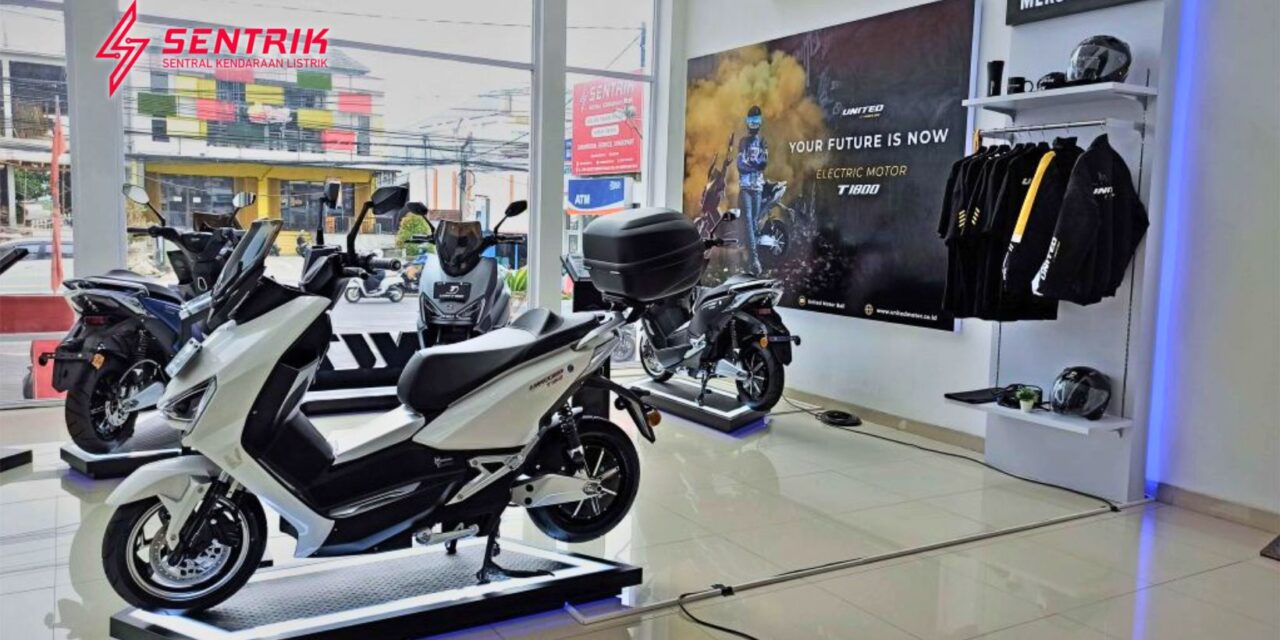Electric motorcycles are gaining traction around the world, offering a cleaner and more sustainable mode of transport. At the heart of every electric motorcycle lies its motor, the component that converts electrical energy into mechanical energy to propel the bike forward. In this article, we delve into the different types of motors used in electric motorcycles and explore their unique features and benefits.
Introduction to Electric Motorcycle Motors
Electric motorcycles operate using electric motors powered by rechargeable batteries. Unlike traditional motorcycles that use internal combustion engines, electric motorcycles are quieter, more efficient, and produce zero emissions. Here are the main types of motors used in Electric Motorcycles
DC Brushed Motors
- How They Work: DC brushed motors are the simplest and oldest type of electric motor. They use brushes to deliver current to the rotor.
- Pros: Low initial cost, simple speed control.
- Cons: Brushes wear out over time, less efficient than other types.
DC Brushless Motors (BLDC)
- How They Work: BLDC motors use magnets and electronic controllers instead of brushes, making them more efficient and reliable.
- Pros: High efficiency, long lifespan, low maintenance.
- Cons: Higher initial cost, complex controller needed.
Permanent Magnet Synchronous Motors (PMSM)
- How They Work: PMSMs use permanent magnets on the rotor and are controlled by a sophisticated inverter.
- Pros: High efficiency, high power density, and high torque-to-weight ratio.
- Cons: Expensive, complex control systems.
Induction Motors (IM)
- How They Work: IMs use electromagnetic induction rather than permanent magnets, which is the same principle that Tesla cars use.
- Pros: Robust, low maintenance, and high-speed capabilities.
- Cons: Lower efficiency at low speeds, complex controller needed.
Choosing the Right Motor for Your Electric Motorcycle
The choice of motor depends on various factors including the desired performance, range, cost, and maintenance requirements. For instance:
- For Urban Commuters: A BLDC motor might be ideal due to its high efficiency and low maintenance.
- For Performance Enthusiasts: A PMSM can offer the high power and torque needed for aggressive riding styles.
The Future of Electric Motorcycle Motors
As technology advances, we can expect to see new types of motors with higher efficiencies, greater power densities, and lower costs. Innovations in materials science, such as the development of advanced magnets and windings, are likely to play a key role in this evolution.
Conclusion
Electric motorcycles represent a key part of the future of transportation, offering a host of benefits over their gas-powered counterparts. The type of motor used in an electric motorcycle is a critical component, influencing everything from the bike’s performance and range to its cost and maintenance needs. As technology continues to advance, we can expect to see even more impressive motors powering the electric motorcycles of tomorrow.
Stay tuned for more insights into the world of electric vehicles and the technologies that power them. Whether you are a potential buyer, a technology enthusiast, or just curious, understanding the types of motors used in electric motorcycles is a step towards a cleaner and more sustainable future.










